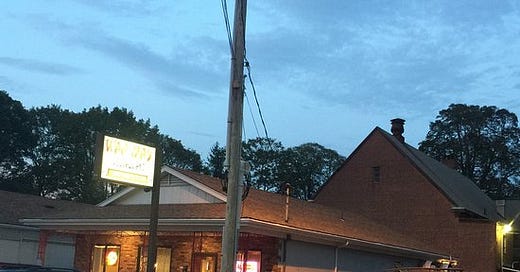Headed Downtown
Remember our discussion of thickening?
Adding more households per lot makes us thicker. A thicker Fairhaven is a stronger Fairhaven. A greater number of households per property means increased revenue for the town. At the same time, adding households to our existing residential areas is more financially sustainable than building new develo…
Keep reading with a 7-day free trial
Subscribe to StrongHaven to keep reading this post and get 7 days of free access to the full post archives.



